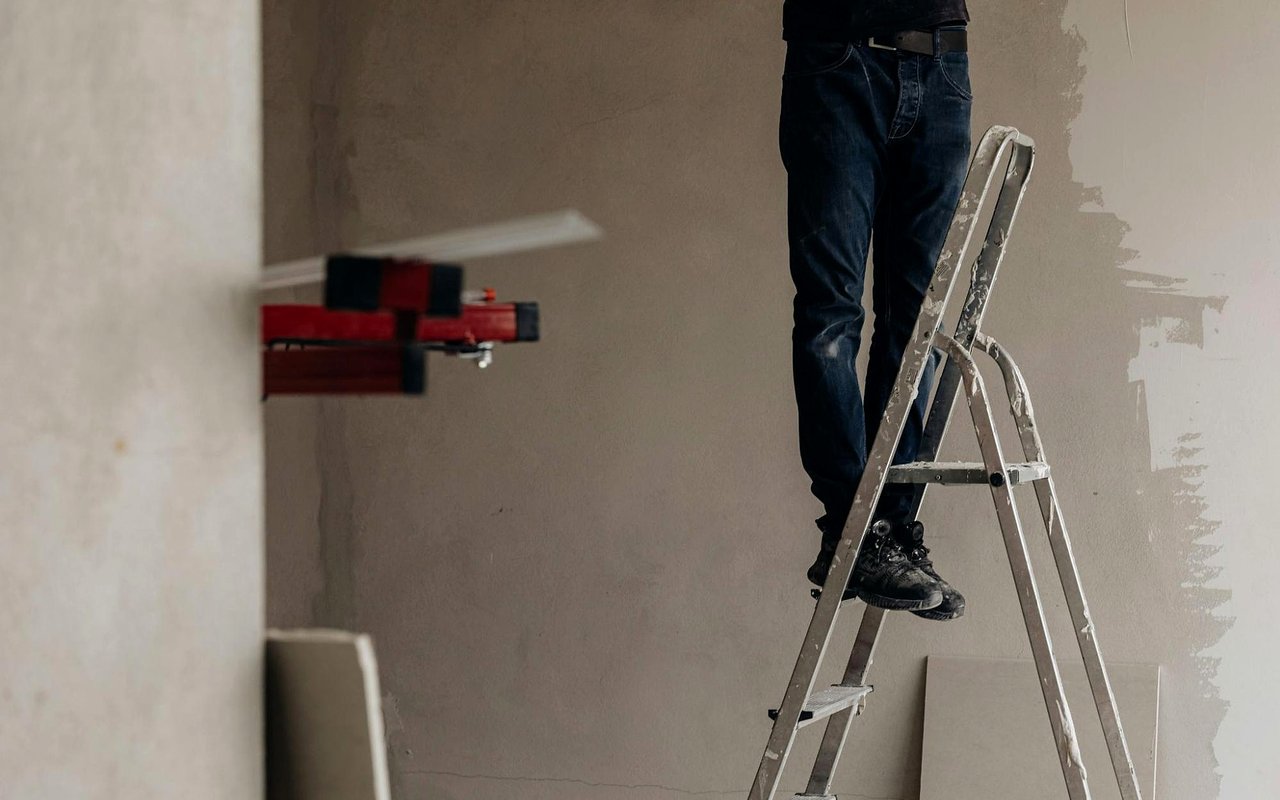Buying a home is one of the most important investments you'll ever make — and protecting that investment starts with the right insurance. If you're a first-time homeowner or reviewing your current policy, it's easy to feel overwhelmed by the fine print. What exactly does homeowners insurance cover? Which parts of your property are protected, and which situations are excluded?
This guide will break down the essentials in clear, simple terms. Whether you're just starting your research or already paying for coverage, you'll learn how a standard policy works, which types of damage are typically included, and which situations might require additional protection. It’s everything you need to feel more confident about safeguarding your home — and your peace of mind.
The Core Building Blocks Of A Standard Policy
Most standard homeowners policies bundle several key protections: coverage for your house, other structures, personal belongings, additional living expenses, and liability coverage if someone is injured or you accidentally damage someone else’s property. Think of it as a package with multiple sections and separate limits. Your declarations page lists each part and the amount of insurance you have allocated for it. Reading that page closely is the fastest way to see where you are covered and where you might be underinsured.
Dwelling Coverage: Protecting The Structure Itself
Dwelling coverage pays to rebuild or repair the physical structure of your home when a covered peril hits. Fire, wind, hail, and lightning are typical examples. The amount should be based on what it would cost to rebuild your home at today’s construction prices, not what you paid for it or what you still owe on the mortgage. Construction costs can change, sometimes quickly. Review this number annually so that you do not end up underinsured.
Other Structures: Fences, Sheds, And Detached Garages
Other structures coverage applies to anything that is not attached to your primary dwelling. This includes fences, sheds, detached garages, pool houses, and similar structures. The limit is usually a percentage of your dwelling coverage. Keep in mind that your coverage may be too low if you recently added or enhanced structures, such as installing a high-end detached studio or upgrading an accessory unit. If you have added value outside your main structure, ask your insurer whether that default limit still fits your needs.
Personal Property: What You Own, Anywhere You Take It
Personal property coverage protects the contents of your home. Furniture, clothing, electronics, exercise equipment, cookware, and most of your day-to-day belongings fall into this bucket. Coverage usually follows your items worldwide, so a stolen laptop from your car on vacation may still be covered.
Beware of sublimits for high-value categories, such as high-end jewelry, fine art, collectibles, watches, and certain types of electronics. If you own items that exceed those sublimits, it’s important to schedule them individually or add a separate endorsement so that you are made whole in case of a loss.
Loss Of Use: When You Cannot Stay In The House
If a covered loss makes your home uninhabitable, loss of use (also called additional living expenses coverage) helps cover temporary housing, meals, laundry, and other necessary costs during that time period. This keeps you financially afloat while the repairs or rebuilding are underway. Review whether your policy uses a time limit, a dollar limit, or both. Extended repair timelines can burn through a small limit quickly.
Liability And Medical Payments: Financial Protection Beyond Your Walls
Personal liability coverage steps in if you are found legally responsible for bodily injury or property damage to others. This section of your coverage can help pay legal fees, settlements, or judgments. Even if the incident does not take place on your property, you may still be covered. Medical payments coverage is smaller and no-fault. It can pay for minor injuries to guests without litigation. Many homeowners choose higher liability limits, and some add on an umbrella policy for broader, higher-limit protection.
Common Exclusions That Surprise Homeowners
Of course, policies do not cover everything. Flood and earthquake are the two major exclusions that catch many homeowners off guard. You typically need to purchase separate policies or endorsements for those risks.
Wear and tear, gradual damage, neglected maintenance, pests, and mold are also commonly excluded or tightly limited. Sewer or drain backup, ordinance or law upgrades, and service line failures are often excluded as well, unless you add endorsements. Read the exclusions list with care. A quick conversation with your insurer can fill most of the gaps for a reasonable premium.
How To File A Claim Without Headaches
When a covered event occurs, try to document everything as soon as possible. Take photos, record videos, and gather receipts for lost belongings if possible. Contact your insurer quickly and keep notes of every conversation. Ask what your policy requires for temporary repairs to prevent further damage. Track all additional living expenses if you cannot stay at home. Save every receipt. If the damage is extensive, consider hiring a reputable, independent contractor to provide a detailed estimate. You want your claim to reflect the real costs involved.
Clarity Today, Confidence Tomorrow
The right time to evaluate your homeowners policy, of course, is before you need it. Read your declarations page carefully, confirm your limits, and fill in the obvious gaps with any necessary endorsements. Revisit your coverage amounts every year or after a major upgrade. That way, when something happens, you will not be guessing or scrambling. You will know exactly what your policy covers, what your deductible is, and how to move forward with confidence.
In the end, understanding homeowners insurance is about more than just having a policy in place. It is about knowing how it protects your home, belongings, and financial well-being when the unexpected happens. By reviewing your coverage, learning what is excluded, and adding the right endorsements, you can ensure that your policy fits your lifestyle and property.
With the right coverage, you gain the confidence that comes from knowing you are prepared for whatever life may bring. Reach out to
Robyn Tyra to begin your homeownership journey in Santa Fe with an expert by your side.








